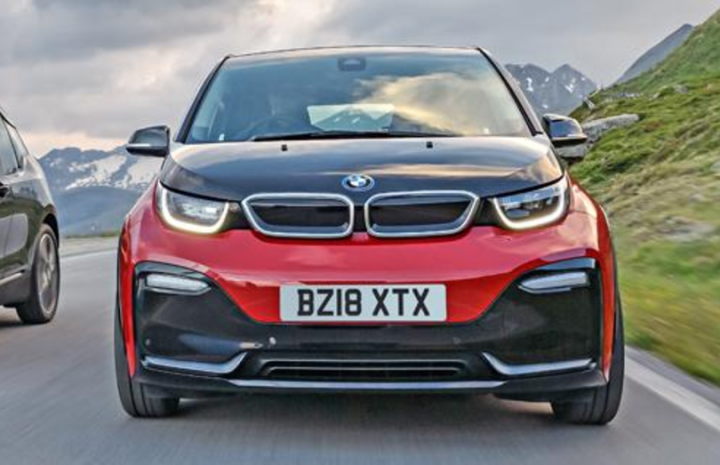When you see the terms PHEV and EV being tossed around, it might be confusing to you as to what the differences might be.
When you’re looking for a vehicle that offers you greater fuel savings and lower emissions for your drive, you need to know the difference between different types of vehicles. Let’s take a look at these differences and discuss why it matters.
What’s the Difference Between a PHEV and an EV
A PHEV is actually a plug-in hybrid vehicle. The initials stand for Plug-In Hybrid Electric Vehicle. These models have a larger battery than the standard hybrid model you’re used to, which allows for a certain amount of driving on electric-only power. When you have a vehicle that is an EV, that is a purely electric model. EV stands for Electric Vehicle and it is simply a vehicle that operates only on electricity.
Better Emissions from an EV
Because an EV only uses electricity for the drive, there aren’t any emissions being put into the atmosphere. This makes an EV a zero-emissions vehicle that is eco-friendly and easy for you to drive when you want to ensure you respect the environment as much as you can. A PHEV does have lower emissions than a typical hybrid or gasoline model, but it has a gasoline engine which does produce some emissions during the drive.
An EV has a Lower Cost of Maintenance than a PHEV
An EV uses fewer moving parts, has no combustion engine under the hood, and has items that will last longer, giving you lower costs of maintenance and repairs. A PHEV has an electric motor and a gasoline powertrain which equates to more moving parts, making it cost more for you to maintain when you drive.
Most PHEV Models Fit in Your Lifestyle Easier
When it comes to driving range and refueling time, the PHEV is going to be the winner. With a PHEV you can drive for a period of time on electric power and then drive the rest of the way on gasoline. Because a typical fill-up of gas only takes a few minutes, you can get back to driving and recharge the batteries when you get a chance.
With an EV, you only have the electric powertrain. Many models are made to give you a good driving range and make it easy to drive all day long without recharging, but that won’t do you any good on a road trip. Recharging can take several hours, and even recharging at a DC Fast Charge port will only give you a short driving range and take at least thirty minutes to give you the power for that range.
Make the Choice that’s Right for You
If you know that you’re never going to need to drive your car farther than its fully charged range, you can easily enjoy the benefits of an EV. Otherwise, you need to select a PHEV and have the flexibility to drive farther in a shorter period of time.
This post may contain affiliate links. Meaning a commission is given should you decide to make a purchase through these links, at no cost to you. All products shown are researched and tested to give an accurate review for you.

